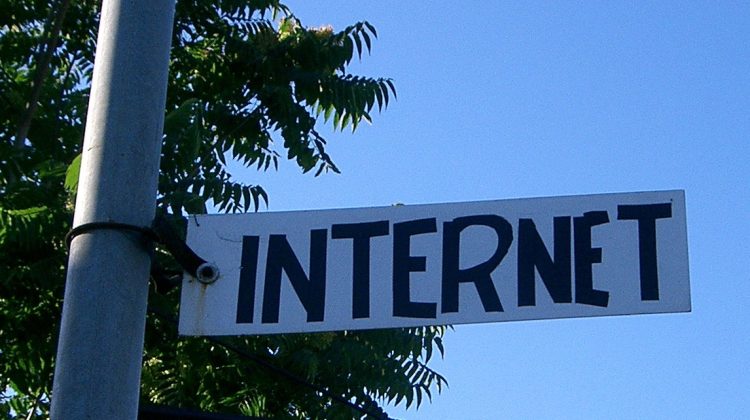
Creator: The University of Chicago
Category: Software > Computer Software > Educational Software
Topic: Law, Social Sciences
Tag: Google+, internet, law, technology, world
Availability: In stock
Price: USD 49.00
This seven-week course will explore the relationship between law and technology with a strong focus on the law of the United States with some comparisons to laws around the world, especially in Europe. Tech progress is an important source of economic growth and raises broader questions about the human condition, including how culture evolves and who controls that evolution. Technology also matters in countless other ways as it often establishes the framework in which governments interact with their citizens, both in allowing speech and blocking it and in establishing exactly what the boundaries are between private life and the government.
And technology itself is powerfully shaped by the laws that apply in areas as diverse as copyright, antitrust, patents, privacy, speech law and the regulation of networks. The course will explore seven topics: 1. Microsoft: The Desktop vs. The Internet. We will start with a look at the technology path that led to the first personal computer in early 1975, the Altair 8800.
That path starts with the vacuum tube, moves to transistors, then to integrated circuits and finally to the microprocessor. We will look at the early days of software on the personal computer and the competition between selling software and open-source approaches as well as the problem of software piracy. We will discus the public good nature of software. The 1981 launch of the IBM PC revolutionized the personal computer market and started the path to Microsoft’s powerful position and eventual monopoly in that market with the selection of MS-DOS. We then turn to four antitrust cases against Microsoft: (1) the 1994 U.S. case relating to MS-DOS licensing practices; (2) the U.S. antitrust middleware case over Microsoft’s response to Netscape Navigator; (3) the European Union case regarding Windows Media Player; and (4) the EU browser case over Internet Explorer. These disputes arose at the point of maximal competition between the free-standing personal computer and the Internet world that would come after it and we may know enough now to assess how these cases influenced that competition. 2. Google Emerges (and the World Responds). Google has emerged as one of the dominant platforms of the Internet era and that has led to corresponding scrutiny by regulators throughout the world. Decisions that Google makes about its algorithm can be life altering. Individuals are finding it more difficult to put away past mistakes, as Google never forgets, and businesses can find that their sales plummet if Google moves them from the first page of search results to a later page. With great power comes scrutiny and we will look at how government regulators have evaluated how Google has exercised its power. Both the U.S. Federal Trade Commission and the European Union have undertaken substantial investigations of Google’s practices and we will look at both of those. 3. Smartphones. The Internet started on the desktop but the Internet is increasingly mobile and people are seemingly tethered to their smartphones and tablets.
And we have seen an interesting shift in that market away from Nokia handsets and the Blackberry to Apple’s iPhone and its iOS platform and to the Android platform. The legal infrastructure of smartphones and tablets is extraordinarily complex. We will start by looking at U.S. spectrum policy and the effort to free up 500 megahertz of spectrum. We will look at the activities of standard setting organizations, including the IEEE and the creation of the 802.11 standard and Wi-Fi (or, if you prefer, wifi), the creation of patent pools and the regulation of standard essential patents. We will look at the FTC action against Google/Motorola Mobility and Apple’s lawsuit against Samsung over utility and design patents relating to the iPhone. Finally, we will take a brief look at the European Commission’s investigation into the Android platform. 4. Nondiscrimination and Network Neutrality. Facebook has more than 1 billion users and measure that against a world population of roughly 7 billion and a total number of Internet users of roughly 2.5 billion. A course on law and technology simply has to grapple with the basic framework for regulating the Internet and a key idea there is the notion of network neutrality. Nondiscrimination obligations are frequent in regulated network industries, but at the same, discrimination can be an important tool of design for communication networks. We will start our look at the Internet by looking at the great first communications network of the United States, the post office and will look in particular at the Post Office Act of 1845. We will then move to modern times and will consider efforts by the U.S. Federal Communications Commission to produce sensible and sustainable nondiscrimination conditions for the Internet and will touch briefly on comparisons from around the world. 5. The Day the Music Died? In many ways, the Internet came first to music with the rise of …

